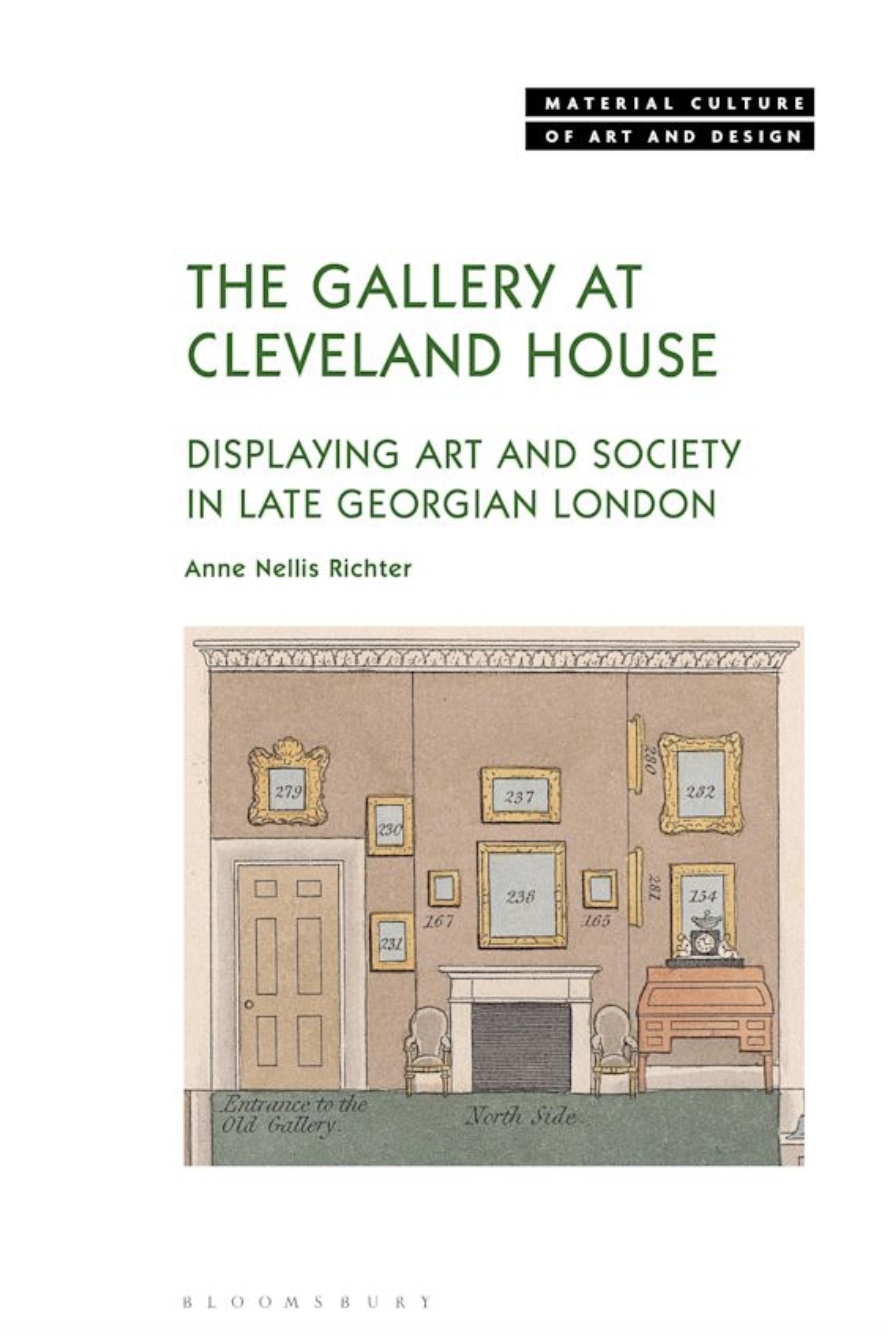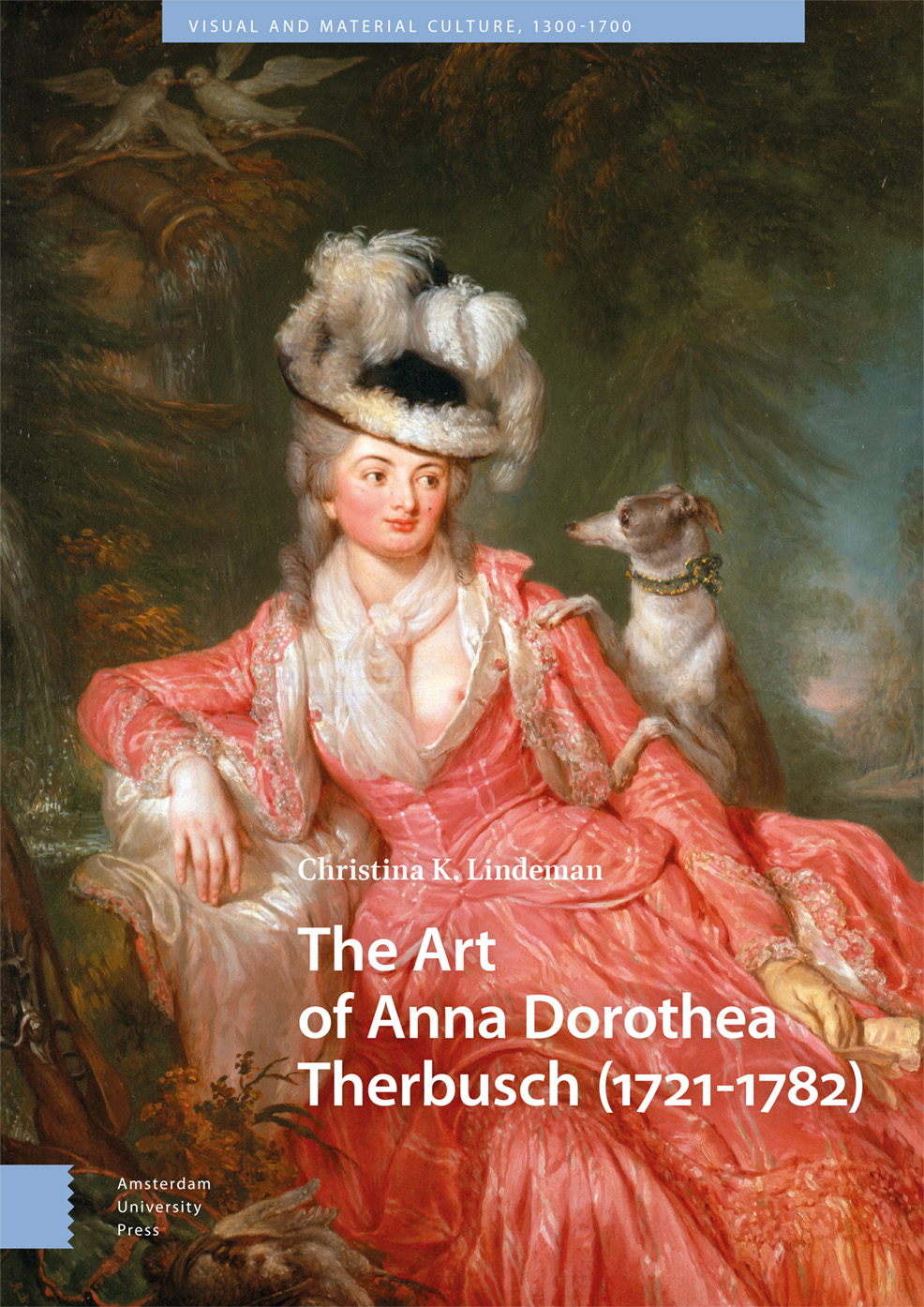Exhibition | The Fuyun Xuan Collection of Chinese Snuff Bottles
Now on view at the Hong Kong Museum of Art:
Art of Gifting: The Fuyun Xuan Collection of Chinese Snuff Bottles
Hong Kong Museum of Art, from 12 April 2024

Double-gourd-shaped snuff bottle with floral design in painted enamals on yellow ground, glass, four-character mark of Qianlong and of the period, 1736–95, 6.1 cm high (Hong Kong Museum of Art).
In 2023, the Hong Kong Museum of Art received a generous donation from Mrs. Josephine Sin of 490 Chinese snuff bottles from the Fuyun Xuan Collection—the most extensive and comprehensive of its kind ever received by a museum in Hong Kong. Established by the late local collector Christopher Sin, the Fuyun Xuan Collection is recognised as one of the most important private collections of snuff bottles in the world. Featuring the gems of Mr. Sin’s lifelong collection, this donation represents a significant gift to Hong Kong from the donor couple. Epitomising the finest skills and artistry of Chinese artisans, the small and delicate snuff bottles became popular among nobles and high-ranking officials since emerging in the early Qing dynasty, and were often given as gifts in diplomatic, official, and social settings. Showcasing all of the 490 donated snuff bottles, the exhibition invites viewers to step into the kaleidoscopic world of these miniature, precious gifts.
The exhibition is one of the activities in the Chinese Culture Promotion Series. The LCSD has long been promoting Chinese history and culture through organising an array of programmes and activities to enable the public to learn more about the broad and profound Chinese culture.
Exhibition | Growing and Knowing in the Gardens of China
From the press release for the exhibition (7 March 2024) . . .
奪天工 Growing and Knowing in the Gardens of China
The Huntington Library, Art Museum, and Botanical Gardens, San Marino, 14 September 2024 — 6 January 2025
A new exhibition at The Huntington Library, Art Museum, and Botanical Gardens will explore the potential of gardens as spaces that not only delight the senses and nourish the body but also inspire the mind—both intellectually and spiritually. The literati during China’s Ming (1368–1644) and Qing (1644–1912) dynasties believed gardens resulted in more ethical connections to all living things. On view in the Chinese Garden’s Studio for Lodging the Mind from 14 September 2024 to 6 January 2025, 奪天工 Growing and Knowing in the Gardens of China will exhibit 24 objects, including hanging scrolls, hand scrolls, albums, and books from The Huntington’s collections and those throughout the United States. The exhibition will also feature a participatory artwork by contemporary Chinese artist Zheng Bo that was commissioned by The Huntington.
Growing and Knowing and the Huntington exhibition Storm Cloud: Picturing the Origins of Our Climate Crisis will run concurrently as part of PST ART: Art & Science Collide, a regional event presented by Getty featuring more than 60 exhibitions and programs that explore the intersections of art and science, both past and present.
Growing and Knowing will present three key themes: ‘Growing’, ‘Knowing’, and ‘Being’.
Growing
The introductory section to the exhibition, ‘Growing’, will focus on historical horticultural practices in China, many of which are still practiced today. Chinese scholars and gardeners experimented with domestication, grafting, and hybridization to create unusual cultivars (new varieties of plants developed through human intervention). Throughout the Ming and Qing dynasties, these techniques were well documented in horticultural manuals. Some of these books—such as The Secretly Transmitted Mirror of Flowers, completed by Chen Hao 陳淏 (1615–1703) in 1688—remained popular instructional guides in China into the 20th century. The well-known chrysanthemum flower exists as a result of hybridization experiments conducted by scholars and gardeners. Visitors will have the opportunity to view chrysanthemums in full bloom just outside of the exhibition walls in The Huntington’s Chinese Garden. Reproductions of gardening tools from the period will also be displayed.
Knowing
The second section, ‘Knowing’, will present a diverse selection of books and paintings from the Ming and Qing dynasties, showcasing the multiple ways that scholars thought about the plants they cultivated. “The works selected for ‘Knowing’ specifically highlight scholars’ understanding of plants as food, sources of emergency sustenance and pharmaceuticals, and keys to classical literature,” said exhibition curator Phillip E. Bloom, The Huntington’s June and Simon K.C. Li Curator of the Chinese Garden and Director of the Center for East Asian Garden Studies. A subtheme of the section will touch on the era’s hierarchies of knowledge—specifically how scholars’ intellectual knowledge of plants was valued over gardeners’ direct, physical knowledge. Gardeners’ bodily insights were largely ignored in historical texts, but they were revealed in visual sources. For example, the Ming dynasty painting Garden for Solitary Pleasure (17th century) shows a scholar lying deep in thought among bamboo and other trees, as nearby laborers bend over plants and carry tools to cultivate the scholar’s garden.
Being
Chinese scholars did not grow and learn about plants just for knowledge’s sake. Growing and knowing were means for them to better understand their place in the world and learn to interact more ethically with other creatures. The last section of the exhibition, ‘Being’, will explore these practices of self-cultivation. “In order to truly understand how nature works, scholars not only contemplated plants but also engaged with and learned from them,” Bloom said. “Caring for plants, observing their habits, taking pleasure in their forms, and ultimately recognizing their commonalities with humans were, in essence, practices whereby people may perfect themselves.” Pursuits of a Scholar, an 18th-century Qing dynasty painting album, dedicates several leaves to the different ways that scholars interacted with plants. One leaf shows a scholar writing observations of a bamboo plant in his study, while another depicts a scholar caring for chrysanthemums.
Ecosensibility Exercise: Fragrant Eight-Section Brocade 生態感悟練習: 聞香八段錦 by Zheng Bo
To invite visitors to develop their own meaningful relationships with their natural surroundings, The Huntington has commissioned the participatory artwork Ecosensibility Exercise: Fragrant Eight-Section Brocade by Hong Kong–based artist Zheng Bo. Fragrant Eight-Section Brocade is inspired by the traditional Chinese mind-body practice qigong 氣功. Building on exercises that date back nearly 900 years and remain widely practiced today, Zheng’s work includes eight exercises that combine simple full-body movements and deep breathing to activate the mind and body. Each exercise is performed with a fragrant plant, encouraging the participants to develop a human-plant connection. Visitors to the exhibition can perform the exercises on their own throughout The Huntington’s gardens at marked stops chosen by the artist. A film documenting the eight exercises will be shown in the gallery. The Huntington is also planning a series of public programs in which the artist will guide visitors through his reinterpreted movements.
Exhibition Catalog
The Huntington will publish an open-access digital catalog edited by Phillip E. Bloom, Nicholas K. Menzies (research fellow in The Huntington’s Center for East Asian Garden Studies), and Michelle Bailey (assistant curator for the Center for East Asian Garden Studies). The book will include seven essays, 16 catalog entries by various scholars, and a conversation with artist Zheng Bo. A paperback version of the catalog will be available at the Huntington Store.
This exhibition is made possible with support from Getty through its PST ART: Art & Science Collide initiative.



















leave a comment